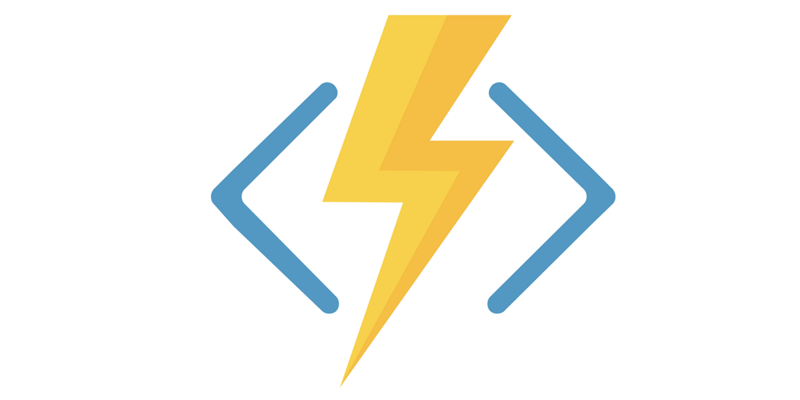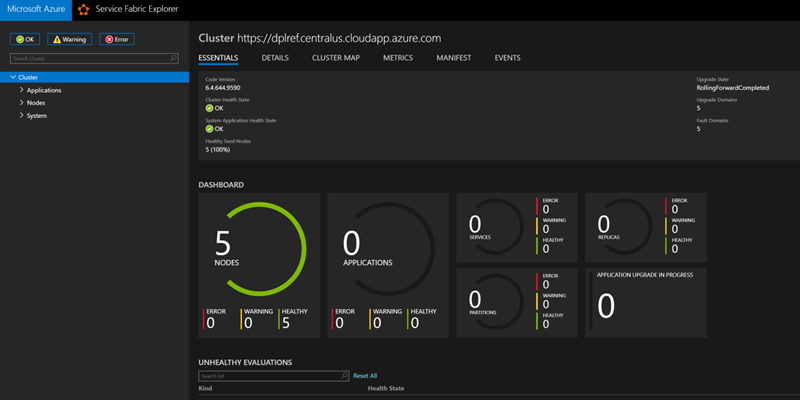
Quick Look – Azure Functions
Azure Functions are an excellent and highly-scalable application development platform in the Azure ecosystem. They also provide a lot of triggers that can be used to invoke those Functions, which allows you to use them as the basis for your application programming. For Amazon Web Services (AWS) developers, Azure Functions are very similar to Lambdas….
Read more…

Using Azure Active Directory B2C with Angular
In my previous Azure B2C post, we used Azure Active Directory B2C with an ASP.NET backend. Microsoft makes this a pretty seamless experience. You configure your Azure B2C application and then configure your ASP.NET web application. That’s it! But what if you want to use an Angular frontend? Using Azure B2C with Angular is similar…
Read more…

Provisioning Your First Azure Service Fabric Cluster
In preparation for an upcoming user group presentation about the benefits of the Service Fabric programming model, I needed to stand up a new cluster in Azure and deploy our demo application to it. Microsoft provides lots of great articles to help with this task, but I had to collect a lot of information to…
Read more…

Developing Locally with Azure Cosmos DB
Azure Cosmos DB is a fantastic technology. It provides a very robust document database with multiple query languages supported. But as with many cloud technologies, it has the problem of only being able to run from the cloud (obviously). Thankfully, some cloud technologies – like Cosmos DB – can be run on the ground, on…
Read more…

Getting Started with Azure B2C Identity Management
Users are essential for software, but managing users isn’t a unique value-add we are often providing with our software. Letting someone else manage users for us makes a lot of sense and saves many headaches. Thankfully there are many services that do this really well. One of those services is Azure Active Directory B2C. In…
Read more…

Setting Up iOS Push Notifications for Amazon Simple Notification Service (SNS)
iOS push notifications are often a requirement for mobile applications. But this feature isn’t easy to set up. It involves several steps across various applications, online and locally. And if you’re developing for multiple platforms (i.e., iOS and Android), you can be in for even more work. But with Amazon’s Simple Notification Service (SNS), you…
Read more…

Developing Locally Against AWS-Hosted DynamoDB, Part 2
In my previous post, we got our code running locally and connecting to DynamoDB in the cloud. Now we are going to get our code connecting to DynamoDB also running locally. Why would we want to do this? Well, it gives us a great development experience. Each developer can have their own instance of DynamoDB…
Read more…

Developing Locally Against AWS-Hosted DynamoDB, Part 1
DynamoDB is a document storage technology hosted in Amazon Web Services (AWS). We have used it for several projects, and it works pretty well for a lightweight document store. Calling DynamoDB from within the AWS ecosystem is pretty easy, but what about calling DynamoDB from the ground, or from your own machine? Why would you…
Read more…

Using a REST API with AWS, Part 3
In our previous blog posts (Part 1, Part 2), we have created some Lambda functions that query against a DynamoDB table. Now we will put an API gateway in from our services. One complication of hosting is the point of contact, between the callers and the service. In many systems, the callers call the services…
Read more…

Using a REST API with Amazon Web Services, Part 2
In our previous blog post, we started our project by setting up a Lambda function in Amazon Web Services (AWS). We didn’t dive very deep, we barely even described much about those Lambda functions. Our single Lambda returns all contacts in a table associated with a particular groupid. Now we are going to write three…
Read more…
Follow
